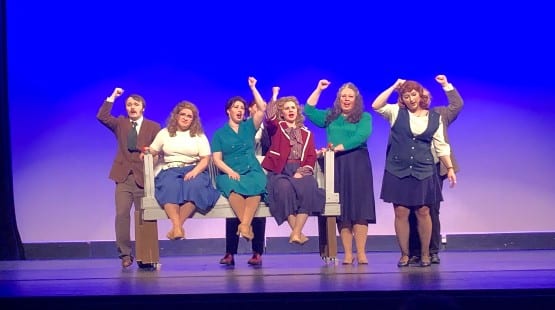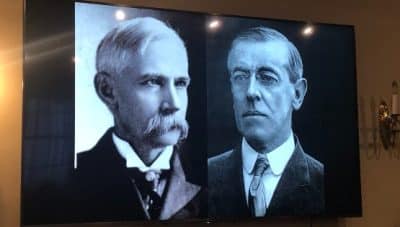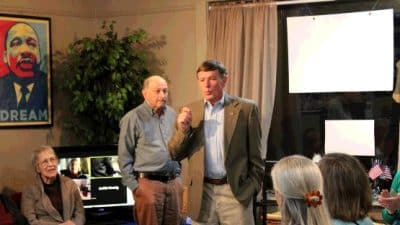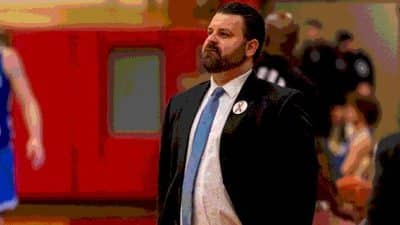
Microsoft awarded a team of faculty members affiliated with the Institute for Creativity, Arts, and Technology and the Center for Human-Computer Interaction $100,000 to support their work to examine multi-user interactions with big datasets in collaborative mixed reality environments. Led by Joseph Gabbard, associate professor of human factors in the Grado Department of Industrial and Systems Engineering, the group also received two Microsoft HoloLens Development Edition devices to conduct the work.
Mixed reality is a blending of real and virtual worlds, creating an entirely new environment where physical and digital objects live together. The Microsoft HoloLens allows multiple users to explore this new world together, experiencing the space where holograms and the real world co-exist.
The research is inspired by large physical spaces, such as museums, that allow users to stand around large objects in expansive spaces. There, each user has their own viewpoint of the object, but can still understand what others are viewing and discussing.
The centerpiece of the research is the Moss Arts Center Cube, a four-story experimental space and data exploration facility laboratory where researchers can explore and interact with literally anything in the world in real-time — from the smallest molecule to the largest building — in full-scale virtualized and mixed-reality environments.
In the Cube, the researchers will be able to conduct large-scale research using the Microsoft HoloLens to examine a wide range of emerging and unforeseen challenges involving multi-user, big data, and mixed reality applications across a large number of domains and application areas.
The researchers will build on the institute’s meteorological immersion project, which has transformed data from a 2013 tornado that touched down in Oklahoma into a full immersive experience. Researchers cannot, of course, physically stand inside a tornado to record observations. Instead, they rely on radar to describe the dynamics within a funnel through thousands of data points. The Cube has given researchers the technological capabilities to create a virtual version of the tornado that users can actually walk through, penetrating the outer layers of rain to reach the tornado’s center.
The team will use the Microsoft HoloLens technology to improve the ways multiple users can interact with the meteorological data, augmenting it with floor-projected terrain data to explore how using the HoloLens and projection capabilities can provide users with a better understanding of the relationship between the weather event and the physical features of the land.
“Our goal with this grant is to create a testbed for exploring multi-user collaborative learning in mixed reality settings,” explains Gabbard. “We’ll work to integrate the technical capabilities of the HoloLens into the Cube’s infrastructure and examine how various factors impact collaboration within these environments, identifying potential perceptual and cognitive barriers. This work will lead to opportunities to build on ongoing research in the areas of perception and high performance computing, data visualization, communication and distributed environments, and STEM-based education.”
The research team includes Doug Bowman, professor of computer science; Ivica Ico Bukvic, associate professor in the School of Performing Arts; Bill Carstensen, professor and head of the Department of Geography; Denis Gracanin, associate professor of computer science; Mike Horning, assistant professor of communication; Chris North, professor of computer science and associate director of Virginia Tech’s Discovery Analytics Center; Todd Ogle, senior director for networked knowledge environments in Virginia Tech’s Technology-enhanced Learning and Online Strategies; Nicolas Polys, director of visual computing with the Virginia Tech Research Computing Group and affiliate research professor of computer science; and Ben Knapp, director of the Institute for Creativity, Arts, and Technology.
According to Microsoft, the goal of these awards is to help better understand the role and possible applications for holographic computing in society, advance academic research in mixed reality, and encourage applications of holograms for novel purposes.










